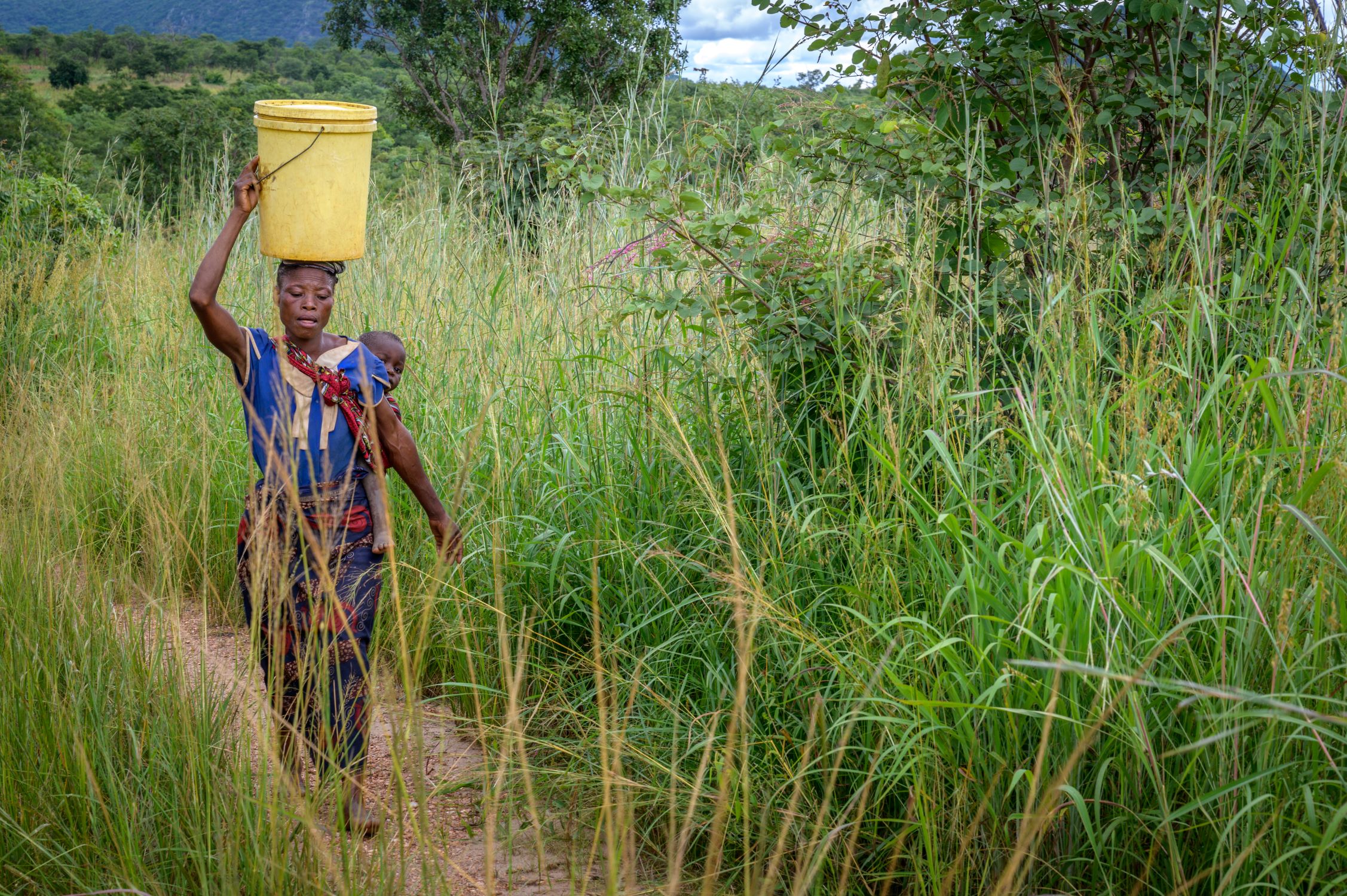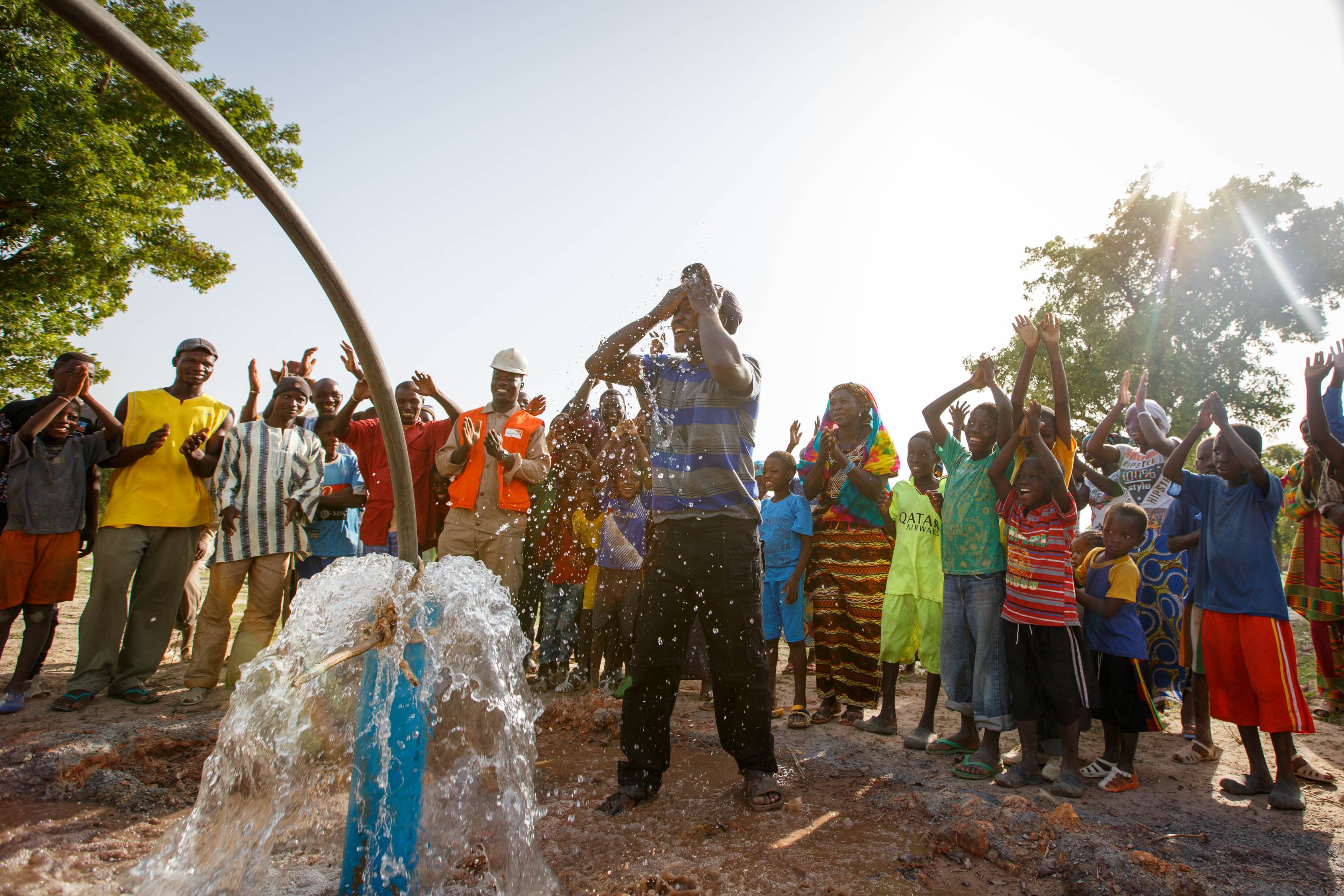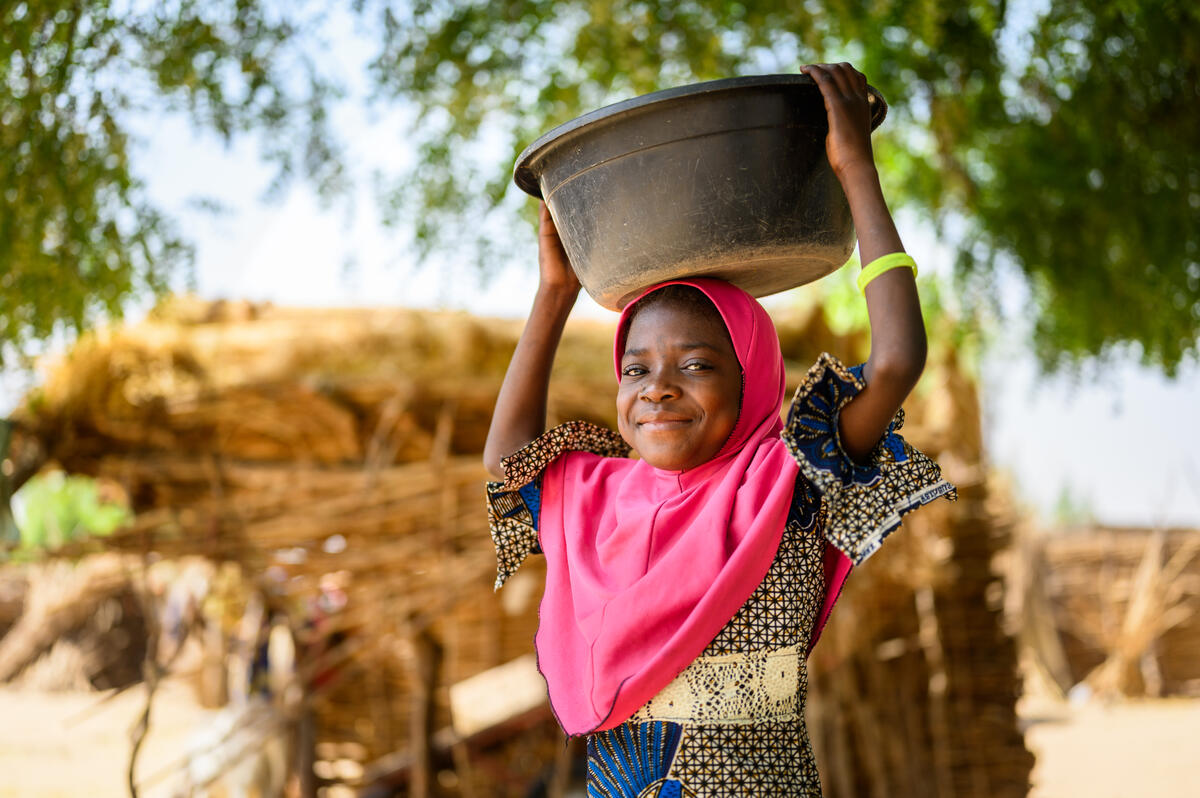
The shocking effects of water scarcity
A borehole changed the lives of a whole community suffering water scarcity.
Imagine not having access to safe water. What would it be like? No satisfying drink of water; perhaps a lack of clean clothes; certainly no refreshing shower or bath.
But for many people around the world, the negative effects of water scarcity are all consuming. Lack of water negatively impacts all areas of life. It could impact agriculture meaning less food; sanitation which can lead to illness; and it most severely effects women and girls.
Around two billion people worldwide don’t have access to safe drinking water and about half the world’s population faces severe water scarcity for at least part of the year.
What is water scarcity?
The United Nations states: “Water scarcity intensifies as demand increases and/or as water supply is affected by decreasing quantity or quality.
“Water can be scarce for many reasons: demand for water may be exceeding supply [or] water infrastructure may be inadequate…Water scarcity is an increasing problem on every continent, with poorer communities most badly affected.”
For people in one village in Kenya the consequences of a water shortage were devastating. With no safe water sources, they lacked access to clean water for household use, including drinking and washing. But there were even worse outcomes.
Consequences of water shortage
Lack of water meant difficulty in growing crops, which can lead to hunger and malnutrition. Desperate, some people collected unsafe water from gold mines, even though it could cause disease. While girls who fetched water from the river faced a long journey – and the risk of sexual abuse.
All that’s changed now, thanks to a simple borehole.
Catherine now has easy access to clean water and enjoys fetching it from a borehole less than a kilometre from her home. She can hardly believe the difference it’s made to everyone in her community.
READ MORE: What are the effects of child hunger?

Effects of water scarcity on health
Catherine and other women previously had to walk over five kilometres to fetch water from the river, for their households and livestock. Because of long queues at the river, they often resorted to obtaining water from unsafe sources, which put their children at risk of waterborne diseases.
Catherine vividly recalls how the lack of water prevented her from maintaining their mud-walled houses, leading to breathing problems due to the dust. She also recounts spending significant money on treating diseases that could have been prevented with access to clean water.
She says, "We didn't have enough water to wash clothes for my children, resulting in poor hygiene. Many children were affected by lice infestations and waterborne diseases."
Effects of water crisis on women and girls
Looking back, Catherine reflects on the long hours she once spent carrying over 40 litres of water from the river on a single trip, which wasted time and drained her physically.
She adds that due to the water shortage many girls were forced to drop out of school, depriving them of their right to education. “Our girls felt embarrassed to attend school in dirty clothes, resulting in a high rate of absenteeism and school dropouts.”
The long distances to the river also brought danger to the girls. Catherine adds, "Our girls were exposed to sexual abuse on the way to the river, leading to a rise in teenage pregnancies and early marriages. Many dreams were shattered as girls had to drop out of school."
More than 950 families, like Catherine's, now use this borehole; a partnership between World Vision Kenya and the community. Families have been able to plant vegetables, ensuring their children have access to nutritious food and no longer go hungry.
And now water is readily available, the community has managed to eradicate waterborne diseases like cholera.
World Vision is reaching one new person with clean water every 10 seconds and reaches four more schools every day with clean water.

The whole community benefits from borehole water
Catherine is happy that now there is enough water for their livestock and domestic use. With tears of joy in her eyes, she shares that this borehole has been a blessing to her family and the entire community. “Today, I redirect the money I once wasted on unnecessary medical expenses toward my children's education."
A child from another family, six-year-old Pkorkor, says they have been using the water from the borehole to water their garden. He has a bright smile on his face as he helps harvest vegetables from their farm. Pkorkor is happy because now his family is assured of regular meals. He says, “We have enough vegetables for my siblings and me. Our garden has never gone dry because we have plenty of water.”
READ MORE: Overcoming hunger despite drought

Join us to say enough to child hunger
Zephaniah Ngeno, a World Vision project officer, reports that they have also supported the community in establishing a water committee, responsible for addressing matters related to water, system maintenance, site cleanliness, and hygiene practices. “This is more sustainable and has fostered community ownership of the water projects that World Vision has supported [here].”
Thankfully, Catherine’s children now have plenty to drink and eat because they no longer lack water. Water scarcity is just one of the factors causing today’s global hunger crisis. World Vision is working with the most vulnerable children to help them survive and thrive, ensuring they have clean water and nutritious food.
The global hunger crisis is the worst we’ve seen in 50 years - and we’re now campaigning to say Enough to child hunger.



